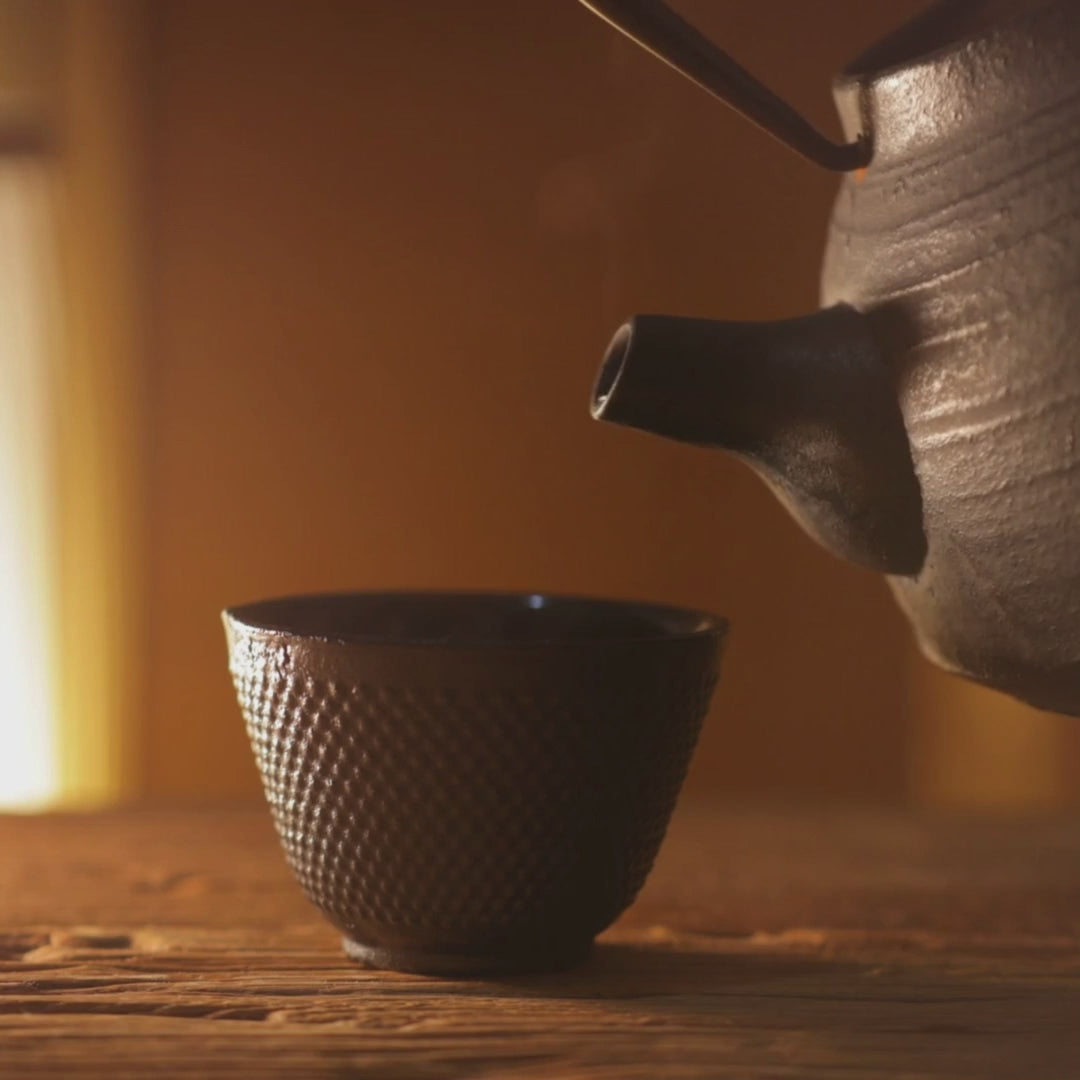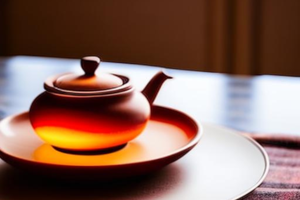
It's Teatime with NewVibeDesigns
Japanese tea kettles are some of the most beautiful and intricate designs you will ever see. From traditional to modern, there is just about a kettle to fit any taste.
The most popular type of Japanese kettle is the tetsubin. These cast iron kettles have been used for centuries to make tea. They are made in a variety of designs, from simple to elaborate. Many tetsubin have a enamel coating on the inside, which helps to prevent rust and makes them easier to clean.
No matter what type of kettle you choose, you are sure to enjoy the beauty and simplicity of the art of the Japanese tea kettle.

The first step in brewing Japanese loose tea is to pick the appropriate teapot. Allowing the tea leaves to fully expand in the appropriate clay pot (called a Kyusu) may lessen the astringency of the tea, resulting in a softer flavor from the tea leaves.
When first learning how to brew your own tea, water is something that is frequently overlooked. Most types of water, however, are not appropriate for making tea. For instance, water that contains a lot of minerals, such as tap water, hard water, distilled water, etc., may change the flavor of the tea. For this reason, soft water with little to no mineral content is advised when making a great tasting tea.


